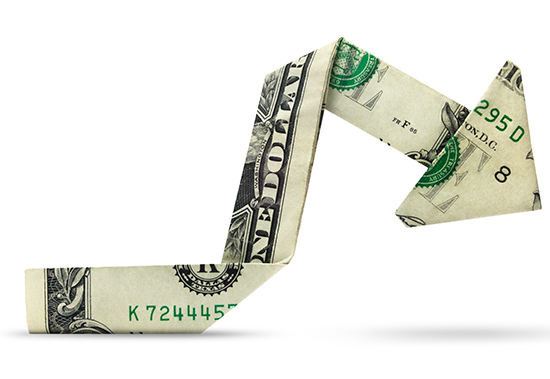
April-May 2023
The Discipleship Puzzle
------------------
|





BROWN ON GREEN | Volatility
Generally, people say they don’t like volatility in the stock market, but what they mean is they don’t like significant downturns in the market. They are fine if the market goes up significantly, which is also a volatile market. The truth is the market can be volatile in both directions. Over the last 60 years, the S&P 500 has swung up or down by 15% or more 27 times, or 45% of the time.
Fortunately, the 15% up-swings vastly outnumber the downturns 22 to five. The number of positive years for the S&P over 60 years also vastly outnumber the negative years 44 to 15, with only one year flat (neither a gain nor a loss).
When you consider the S&P returns over its history, the average has been around 10%, but it hardly ever returns exactly 10% in any given year. On average, the market has a negative return about 25% of the time. Usually, those negative returns are for a single year only, with a positive return the following year.
Over the last 60 years, the market had a negative return for two or more consecutive years twice. In 1973 and 1974, the market had two years of negative return, and from 2000 to 2002, all three years had negative returns.
When calculating returns for a retirement account or endowment, we like to use averages. If we assume the historic average of the S&P is 10%, then using this average will give us an idea of the value of an account or endowment in the future. However, we know this is not always how it works in the real world. Consider the last 10 years. This year saw a -19.44% return, 2018 was -6.24%, and 2015 a negative .73%. Since 30% of the years were negative, you might be surprised to find the average return for that period was 11.5% because the positive years were very positive.
Over the years, a new way to calculate future earnings has been developed called the Monte Carlo Simulation. This calculation acts more like the true market with random years of negative and positive years. This simulation is closer to what really happens to your retirement accounts and endowments.
If you are a long-term investor, you will find no better place than the U.S. stock market, but having said that, expect volatility—both negative and positive.
Will the market go up or down in 2023?
The answer is YES.
About the Columnist: David Brown is director of Free Will Baptist Foundation. To learn more,
visit www.fwbgifts.com.
|
|

